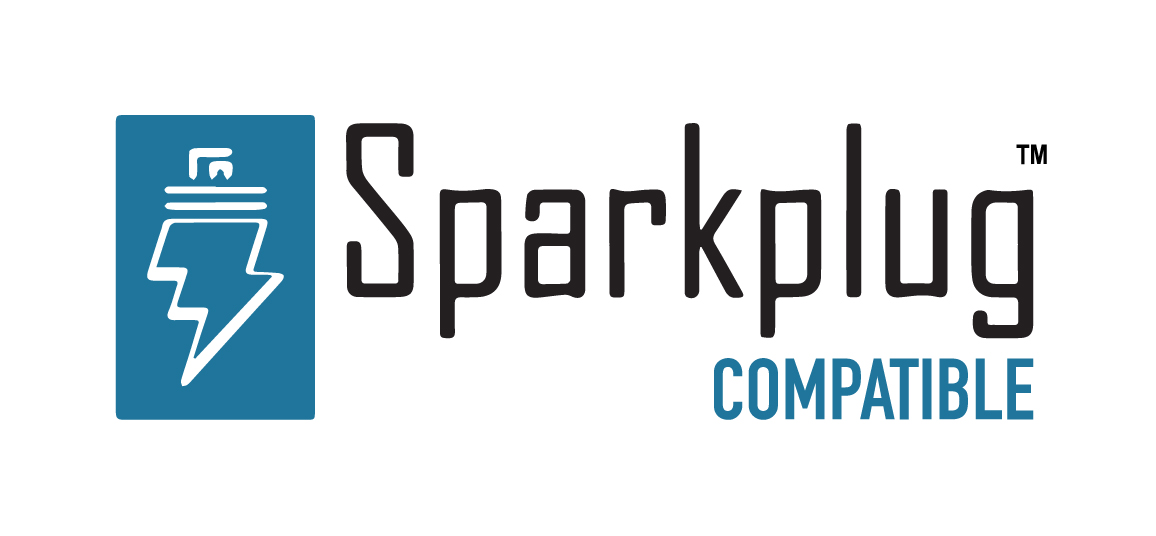N3uron Overview / Introducing N3uron

In this video of our N3uron Academy, we will share how companies can easily create any system architecture as there are no right or wrong architectures. They should be viewed as an example to help you visualize what you may need to do within these facilities.
[08:09] What is N3uron
[02:39] N3uron Modules
[04:29] N3uron Architectures
[00:00] Companies can create any system architecture with ease using N3uron software. N3uron can be deployed to multiple plants, each with a unique need for the software. The way in which N3uron’s Node or Nodes are set up in the industrial plant is what we call the N3uron System Architecture. In this video, different architectures are shown to demonstrate where a specific node can be found within a plant infrastructure and how N3uron communicates with industrial components such as PLCs, databases, among many others. These are only examples and are not mandatory, as there are no right or wrong architectures. They should be viewed as an example to help you visualize what you may need to do within these facilities. To start with, this image shows one of the most straightforward architectures you can create using N3uron, which we call Secure Local Communications.
[01:02] This architecture provides a single-entry point to the plant floor in order to securely communicate with unlimited field devices, SCADA systems, and other third-party applications. This architecture model is where most users start, once N3uron has been installed within the company’s infrastructure. Changes can be added to the architecture shown here, for example to add a redundancy or to install the N3uron Node and its high-performance time-series storage system – Historian – within a cloud-based environment. As your Node usage increases, N3uron’s architecture will grow with you, either by adding additional functionalities to the Node with new modules, or by implementing new Nodes in order to balance the load of the whole system. The other most common type of growth we see is growth in a geographical sense, where multiple facilities are spread out over a wide area. As the number of facilities grows, each of N3uron’s remote Nodes acts as an Edge Gateway, collecting data locally and sending it to the central server. N3uron nodes communicate and exchange data between each other via links.
[02:04] N3uron links allow data to flow continuously between nodes, visualizing real-time and historical values or alarms in the source and destination node. Once connections have been established, they become fully bi-directional. This particularity allows all data sent to be encrypted using Transport Layer Security (TLS) protocols to prevent any data tampering. All connections between N3uron nodes across an architecture include an automatic Store&Forward mechanism. Any data that is not delivered due to a communication outage between nodes is saved locally and automatically re-sent once the connection is restored. When users deploy such wide-spread architectures to their facilities using N3uron, there is no need for open ports in the remote nodes thanks to N3uron’s link mechanism. Moreover, as previously stated, connections are fully bi-directional, allowing each Node to send and receive data. Finally, all data sent is highly compressed, allowing communications between nodes to flow freely, even when dealing with slow and high latency TCP connections.
[03:04] You’ll notice that as the number of nodes increases, a new node named “Central Node” will be added. This node acts as a central gateway, receiving and sending data from the remote nodes, expanding communications from multiple points in the network. It should also be noted that scaling up the architecture should not increase the cost that much, as communications between nodes do not require any software modules thanks to N3uron’s link mechanism. Because remote nodes are only used to collect data from multiple devices, they do not require any data delivery or visualization modules. Likewise, as the Central Node shown here is only concerned with the visualization system, you will only require modules that belong to the Edge and Visualisation Software module set. Of course, you can also connect your facility’s data to any of the leading Cloud providers. Here you can see various facilities, each with its own N3uron Node acting as the Edge-gateway for the local devices, exchanging data with cloud platforms such as Google, AWS and Azure in total security. Use of TLS encryption ensures secure data transmissions to and from any cloud applications. Finally, to dive a little deeper into the subject of secure data transmission, here you can see an example of a DMZ Architecture deployment using N3uron links, which doesn’t require any input ports to be opened in the firewall for the secure networks.
N3uron software is an Industrial Edge Platform for IIoT and DataOps that streamlines the flow of data between industrial systems and business applications, either on-premise or in the cloud. N3uron provides an out-of-the-box solution for data standardization, normalization and contextualization, seamless integration with industrial and IT systems, efficient information management, and unparalleled scalability and security. The N3uron platform makes it easier for operations teams to aggregate, manage and analyze industrial data, resulting in enhanced productivity and informed decision-making. Whether you're looking to optimize your operations, reduce downtime or improve product quality, the N3uron platform is the answer.
CONTRIBUTING MEMBER
N3uron is a Contributing Member of the Eclipse Foundation, actively participating in the development of their robust ecosystem. By leveraging EF technologies, we offer innovative products and services that drive our corporate strategy forward. N3uron is Sparkplug Compatible Software.


DLMS® UA MEMBER
N3uron is a member of the DLMS® User Association, the global community that drives standardization in the energy and water industry. Being part of the DLMS UA represents N3uron's commitment to advancing smart metering and energy management solutions.
FOLLOW US
N3uron Connectivity Systems • Paseo de la Castellana, 91, 4º, 1; Madrid, 28046, Spain • +34 911 841 938 • [email protected]
N3uron software is an Industrial Edge Platform for IIoT and DataOps that streamlines the flow of data between industrial systems and business applications, either on-premise or in the cloud. N3uron provides an out-of-the-box solution for data standardization, normalization and contextualization, seamless integration with industrial and IT systems, efficient information management, and unparalleled scalability and security. The N3uron platform makes it easier for operations teams to aggregate, manage and analyze industrial data, resulting in enhanced productivity and informed decision-making. Whether you're looking to optimize your operations, reduce downtime or improve product quality, the N3uron platform is the answer.
CONTRIBUTING MEMBER
N3uron is a Contributing Member of the Eclipse Foundation, actively participating in the development of their robust ecosystem. By leveraging EF technologies, we offer innovative products and services that drive our corporate strategy forward. N3uron is Sparkplug Compatible Software.


CONTRIBUTING MEMBER
N3uron is a Contributing Member of the Eclipse Foundation, actively participating in the development of their robust ecosystem. By leveraging EF technologies, we offer innovative products and services that drive our corporate strategy forward. N3uron is Sparkplug Compatible Software.
FOLLOW US
N3uron Connectivity Systems • Paseo de la Castellana, 91, 4º, 1; Madrid, 28046, Spain • +34 911 841 938 • [email protected]
N3uron software is an Industrial Edge Platform for IIoT and DataOps that streamlines the flow of data between industrial systems and business applications, either on-premise or in the cloud. N3uron provides an out-of-the-box solution for data standardization, normalization and contextualization, seamless integration with industrial and IT systems, efficient information management, and unparalleled scalability and security. The N3uron platform makes it easier for operations teams to aggregate, manage and analyze industrial data, resulting in enhanced productivity and informed decision-making. Whether you're looking to optimize your operations, reduce downtime or improve product quality, the N3uron platform is the answer.
CONTRIBUTING MEMBER
N3uron is a Contributing Member of the Eclipse Foundation, actively participating in the development of their robust ecosystem. By leveraging EF technologies, we offer innovative products and services that drive our corporate strategy forward. N3uron is Sparkplug Compatible Software.


DLMS® UA MEMBER
N3uron is a member of the DLMS® User Association, the global community that drives standardization in the energy and water industry. Being part of the DLMS UA represents N3uron's commitment to advancing smart metering and energy management solutions.
FOLLOW US
N3uron Connectivity Systems • Paseo de la Castellana, 91, 4º, 1; Madrid, 28046, Spain • +34 911 841 938 • [email protected]